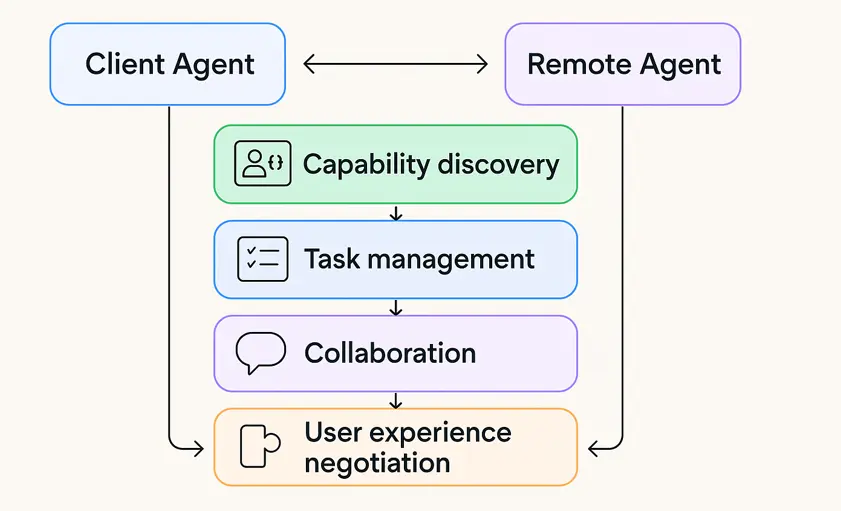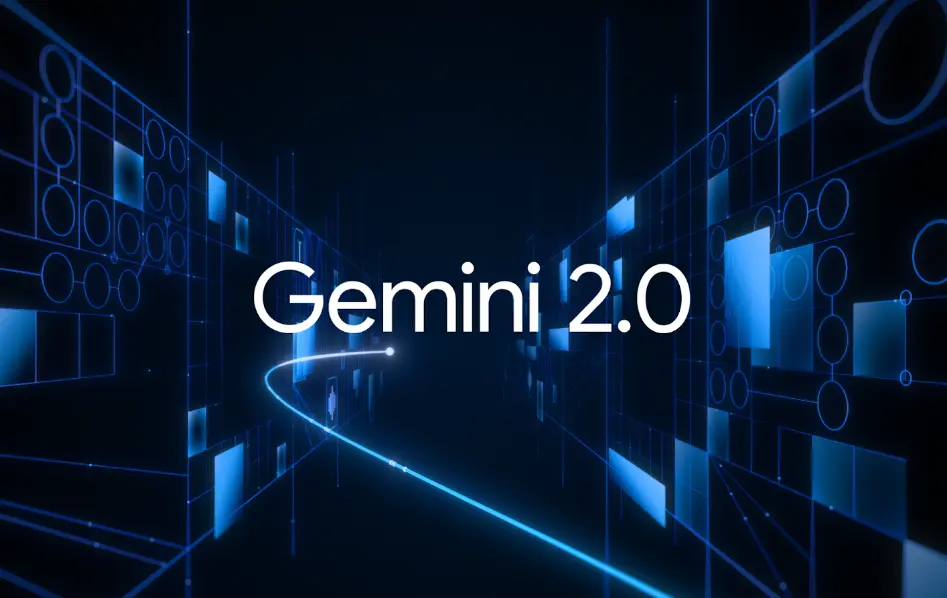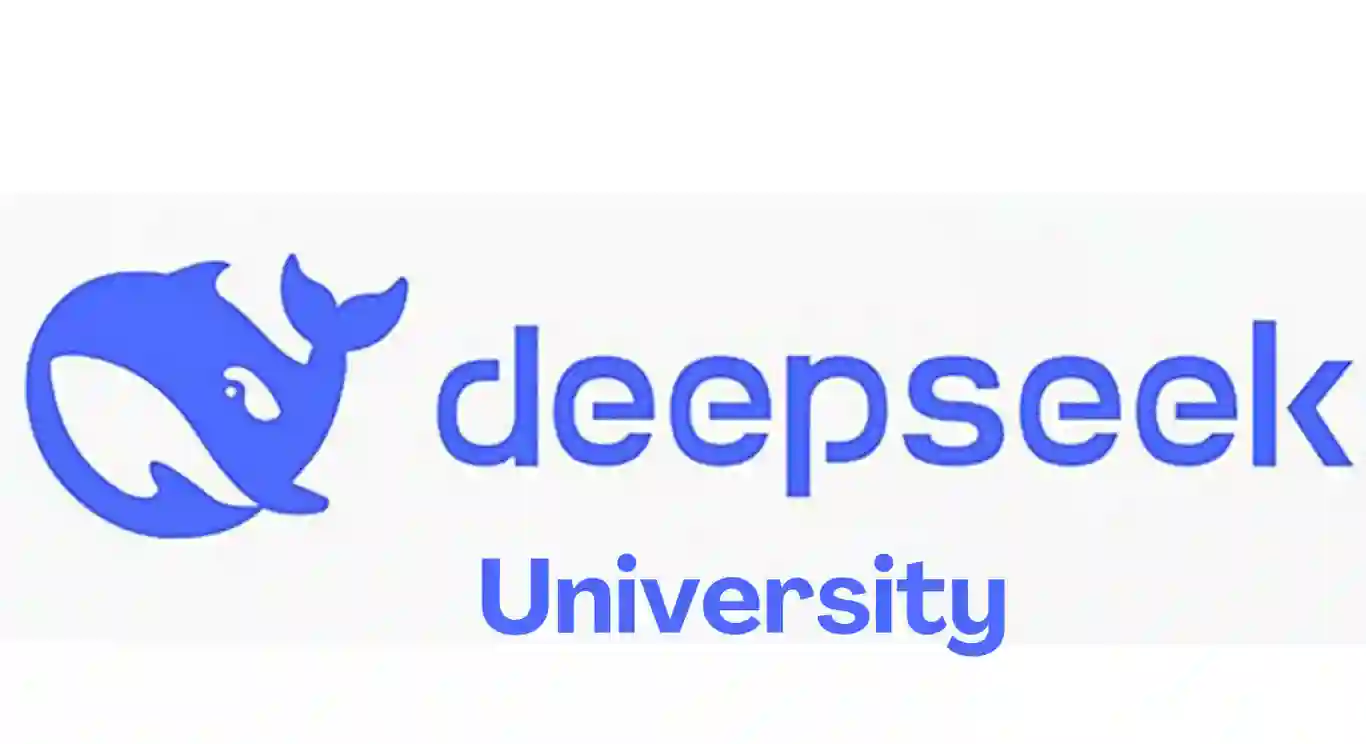Google's Agent2Agent Protocol
Google's A2A protocol enables effective communication between AI agents, enhancing collaboration and task execution.

The A2A protocol developed by Google establishes a communication framework between two main types of AI agents. This approach enables effective collaboration that amplifies the capabilities of individual agents through a structured yet flexible interaction.
In the A2A model, we find two main actors: the client agent and the remote agent. The former acts as an interface with the user, gathering their requests and transforming them into defined tasks. The latter, on the other hand, specializes in executing these tasks, bringing specific skills that the client agent may lack. The communication between these agents follows a well-defined path that unfolds through several complementary phases.
Initially, capability discovery takes place. Each agent can disclose its competencies through a JSON file called an Agent Card, which essentially functions as a digital resume. This allows the client agent to identify the most suitable partner for each specific request, whether it involves generating visual content, processing text, or translating languages.
Once the ideal partner is identified, task management begins. The client agent formulates a well-defined task that is transmitted to the remote agent. The latter starts working on it while keeping an open communication channel for real-time updates. The final result of this process is an artifact, which can take various forms: an image, a processed text, a video, or something else.
Throughout the process, the agents maintain active collaboration by exchanging messages that may contain additional context, intermediate results, artifacts in development, or additional instructions from the user.
A particularly innovative aspect is the negotiation of the user experience. The exchanged messages can include various "parts" - structured content such as images, iframes, HTML forms, or videos. The agents dynamically negotiate how these contents should be displayed and exchanged, adapting to the limitations and capabilities of the user environment.




